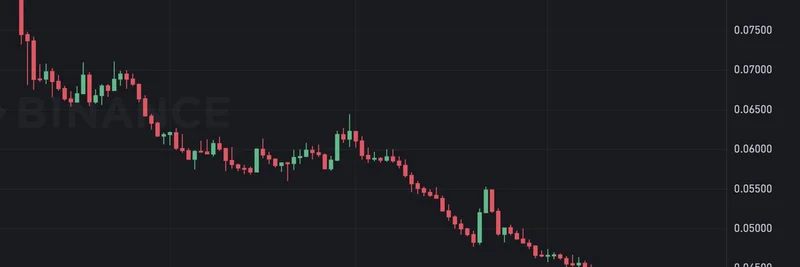Hey there, crypto enthusiasts! If you've been keeping an eye on the blockchain space, you might have caught wind of some big moves by traditional finance players like Stripe and Circle. These companies, known for their payment processing and stablecoin services, recently announced their own Layer 1 (L1) blockchains. For the uninitiated, an L1 is the base layer of a blockchain network, like Ethereum or Solana itself, handling core consensus and security.
This development has stirred up quite the conversation on X (formerly Twitter), particularly in a thread started by @mteamisloading, co-founder of Spire Labs. The main post drops a bold take: "Big companies launching L1s is kind of a rejection of the L2 thesis but it's even more of a rejection of the Solana thesis." Let's unpack this and see what the buzz is all about.
First off, what's the "L2 thesis"? Ethereum's Layer 2 (L2) solutions, like Optimism or Arbitrum, are built on top of the Ethereum mainnet to handle transactions faster and cheaper while inheriting its security. The idea is that apps and institutions would prefer these scalable L2s over starting their own independent chains, sharing liquidity and interoperability within the Ethereum ecosystem.
On the flip side, Solana pushes a "monolithic" approach with a high-performance L1 where everything runs on a single, shared state layer. This means apps can interact seamlessly without bridges, betting that developers won't need or want separate chains unless absolutely necessary.
Now, when giants like Stripe and Circle opt for their own L1s instead of building on existing L2s or Solana, it raises eyebrows. As @mteamisloading points out in a follow-up image explaining his thoughts:
He argues that this choice highlights a premium for owning your own chain—be it for token incentives, control, or technical reasons. It's a nod to the appeal of L1s having greater "token/equity premium," suggesting that Ethereum's bet on L2s capturing most value might be off, and Solana's assumption that apps won't launch separate chains if they don't 'need' to is even farther from reality.
The thread also ties into market reactions, quoting a post showing the SOL/ETH ratio hitting new lows post-announcements:
Solana's co-founder, Anatoly Yakovenko (@aeyakovenko), chimes in with an analogy to 90s intranets, downplaying settlement layers' value and emphasizing user location. He notes that bridges like Wormhole can connect any L1 to Solana's user base, but @mteamisloading counters that these new chains aim to be general-purpose execution environments, not just for settlement.
Other voices join the fray. @rostyketh suggests it might be a temporary misstep, predicting these companies will eventually join Ethereum for liquidity and security. @mteamisloading agrees partially but warns about the pitfalls of insecure bridges for stablecoin finance, hinting at potential "money grabs" targeted at traditional finance (TradFi) players.
Then there's @0xMert_ from Helius Labs, flipping the script with a witty analogy: "She didn't marry me but she also didn't marry this guy! Ha! Guy is a loser." He argues it's easier to launch L2s, so choosing L1s is a stronger snub to Ethereum. @mteamisloading calls it a strawman and shares another explanatory image:
Finally, @alessandrod offers a cynical view: maybe it's just a cash grab during "crime szn" (a tongue-in-cheek term for opportunistic times in crypto).
This thread (original post here) captures the ongoing tug-of-war between modular (Ethereum-style) and integrated (Solana-style) blockchain designs. For meme token creators and traders, often thriving on Solana's speed and low fees, it raises questions about future fragmentation. Will more big players fragment the space with custom L1s, or will interoperability tools save the day?
As the crypto landscape evolves, keeping tabs on these debates helps us understand where value might accrue—whether in base layers, scaling solutions, or the memes that ride on them. What do you think? Is this a win for sovereign chains, or just hype? Drop your takes in the comments!



